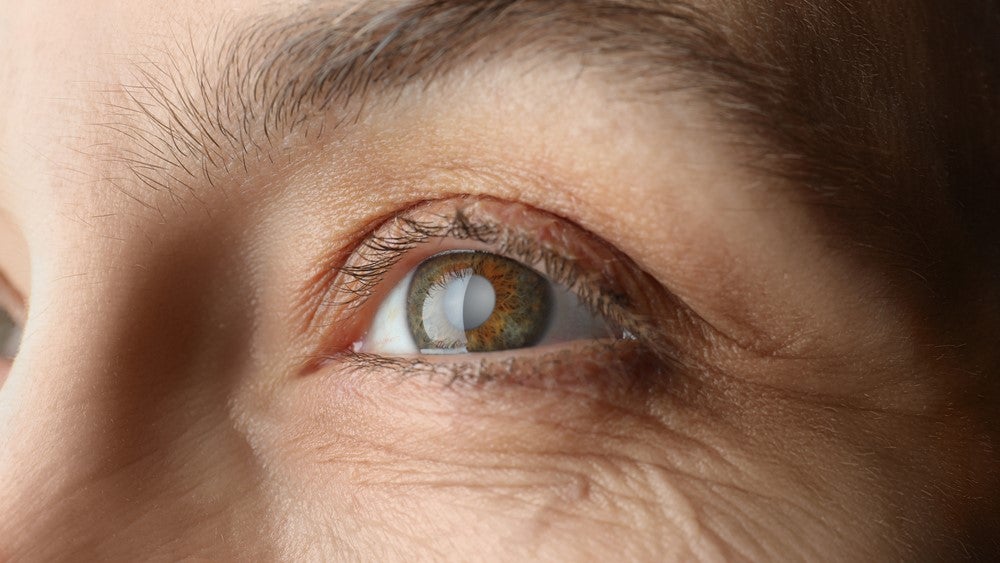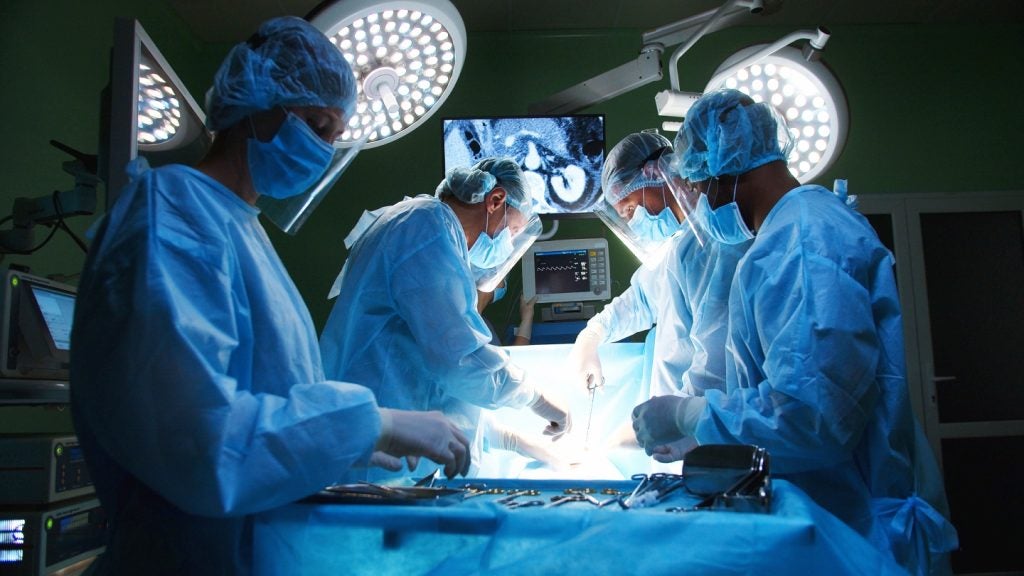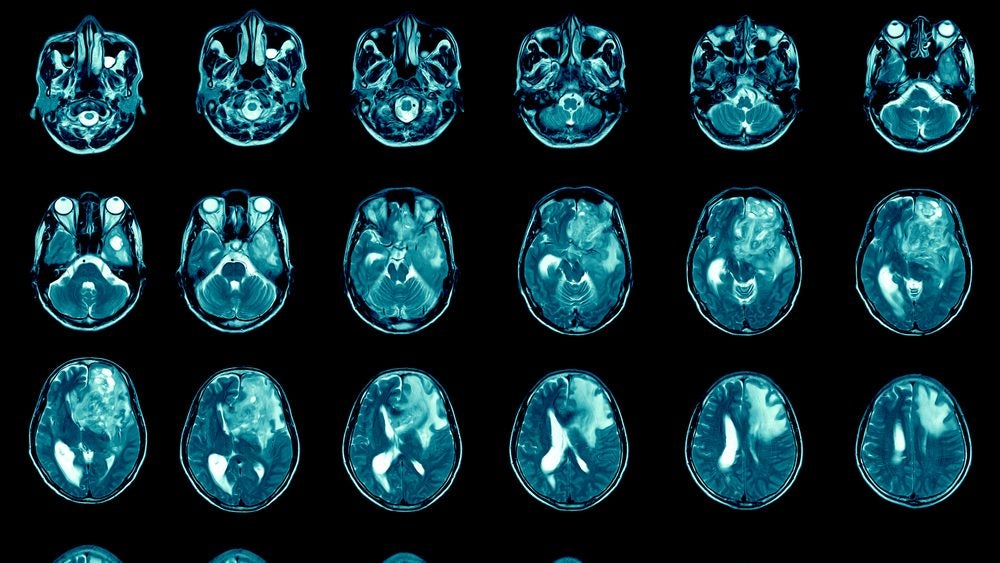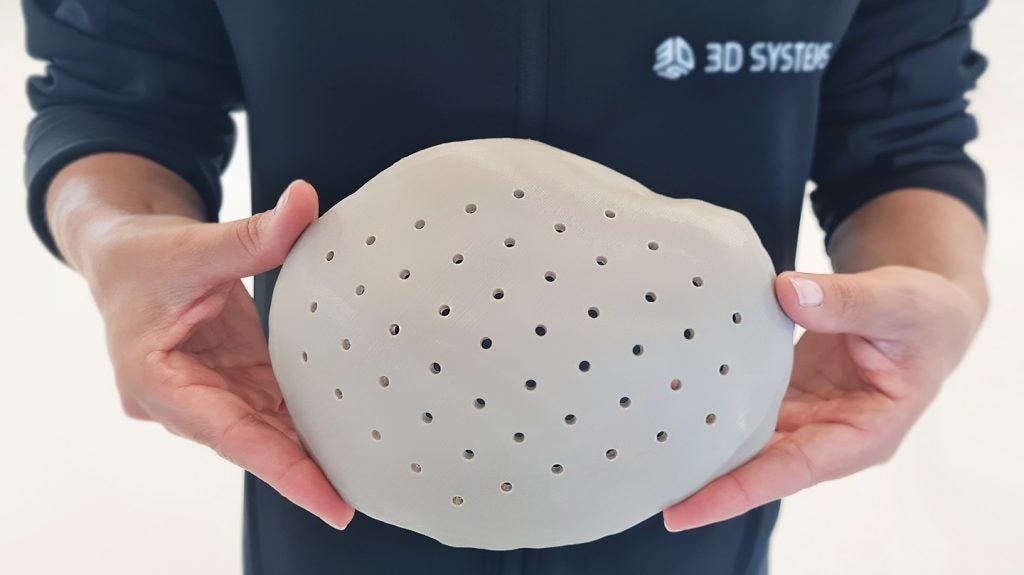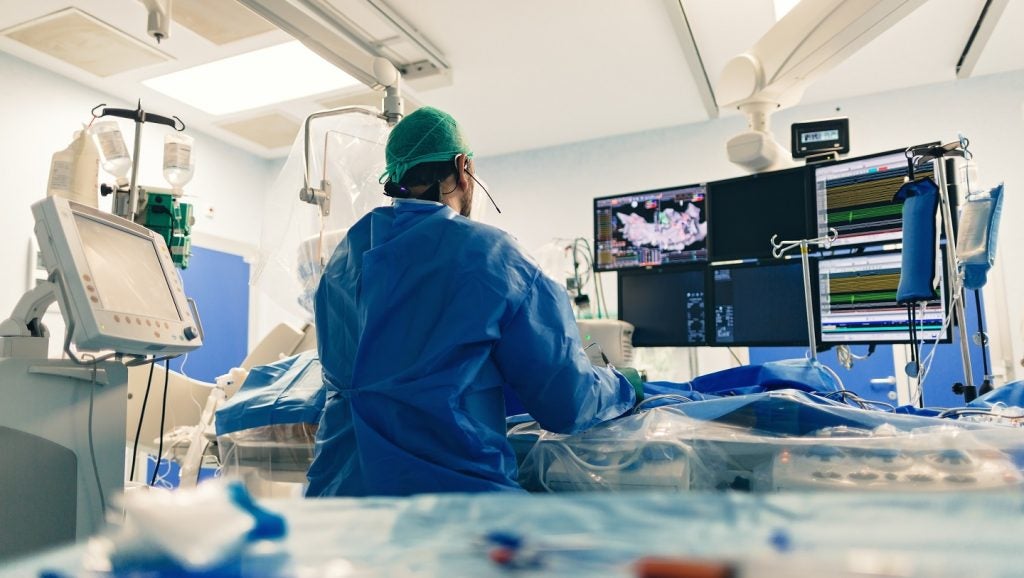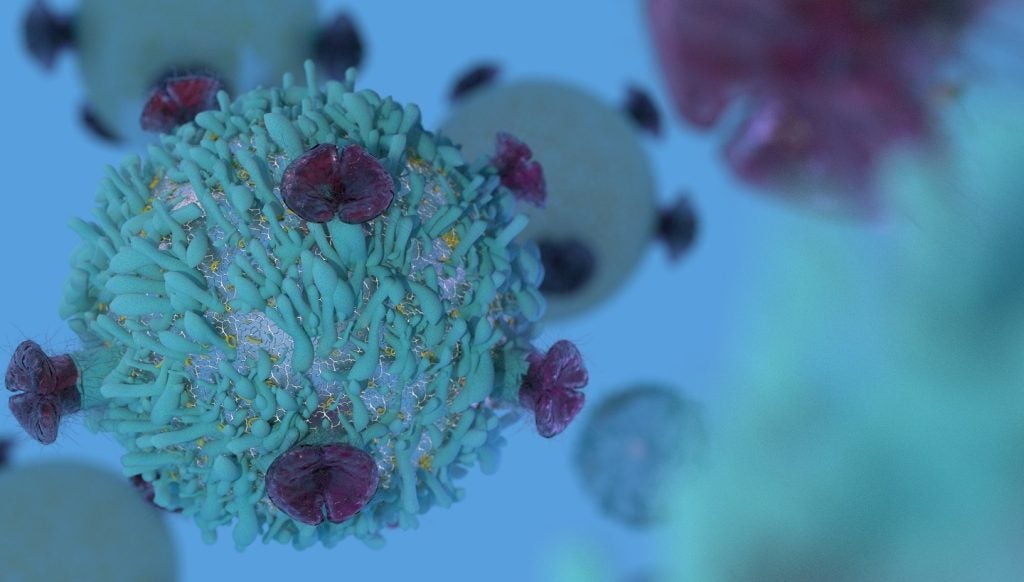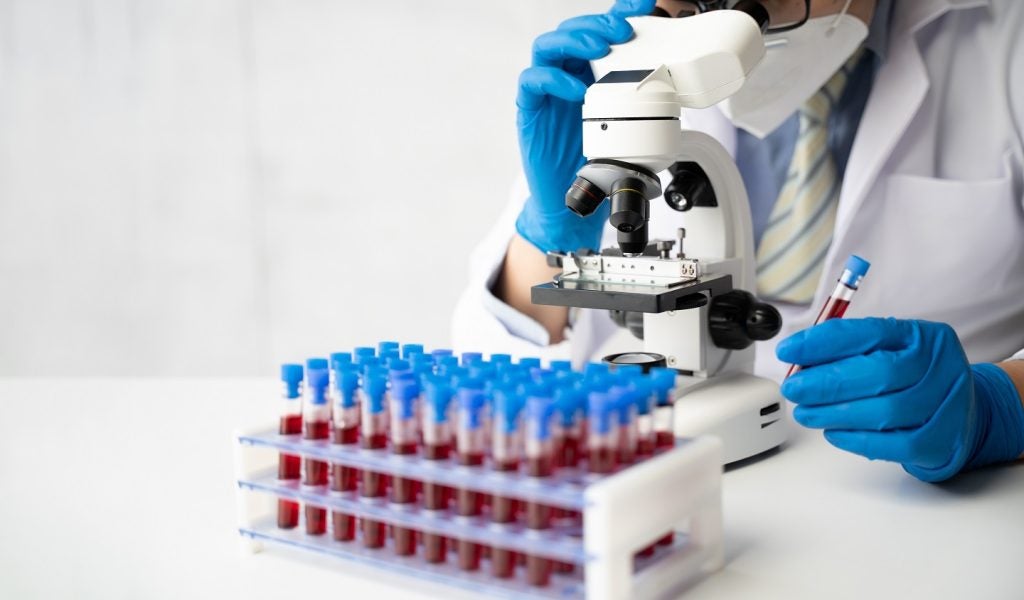US-based Sight Sciences has published the two-year post-surgical outcomes of its minimally invasive glaucoma surgery device, the OMNI surgical system.
The data from the real-world clinical outcomes study was published in the American Journal of Ophthalmology. The study collected data for 77,391 patients with open-angle glaucoma who either received cataract surgery or a combination of cataract surgery and intervention with either of the three US FDA minimally invasive glaucoma surgery devices.
The real-world data was collected from the US eye disease clinical registry, the American Academy of Ophthalmology IRIS registry. The three US FDA-approved devices included in the study were Sight Sciences’ OMNI surgical systems, Alcon’s Hydrus Microstent and Glaukos’ iStent inject.
At two years after receiving surgery with OMNI device, patients with high baseline intraocular pressure of over 18 millimetres of mercury (mmHg) observed a 30% mean reduction in pressure, compared with baseline. The patients who received cataract surgery alone demonstrated a 24% mean reduction in pressure, compared with baseline at two years. The patients with high baseline intraocular pressure also observed the greatest numerical reduction in medication use.
At two years after receiving surgery with the OMNI device, patients with low baseline intraocular pressure (less than 18 mmHg) observed a 3% mean reduction in pressure, compared with baseline. The patients who received cataract surgery alone demonstrated no mean reduction in pressure, compared with baseline at two years.
The OMNI device has been cleared by the US FDA for canaloplasty followed by trabeculotomy to reduce intraocular pressure in adult patients with primary open-angle glaucoma. The device is designed to restore the natural outflow process of the eye by addressing the three areas of resistance associated with primary open-angle glaucoma.
Glaucoma is the leading cause of global irreversible blindness. A study estimates that the incidence of glaucoma is expected to reach 111.8 million in 2040. As per GlobalData analysis, the market for minimally invasive glaucoma surgery devices in the US is projected to be worth approximately $345m by 2030.
Another ophthalmic device in Sight Sciences’ catalogue includes TearCare technology for treating dry eye. The device has been cleared by the US FDA for the application of localised heat therapy in adult patients with evaporative dry eye disease due to meibomian gland dysfunction.


